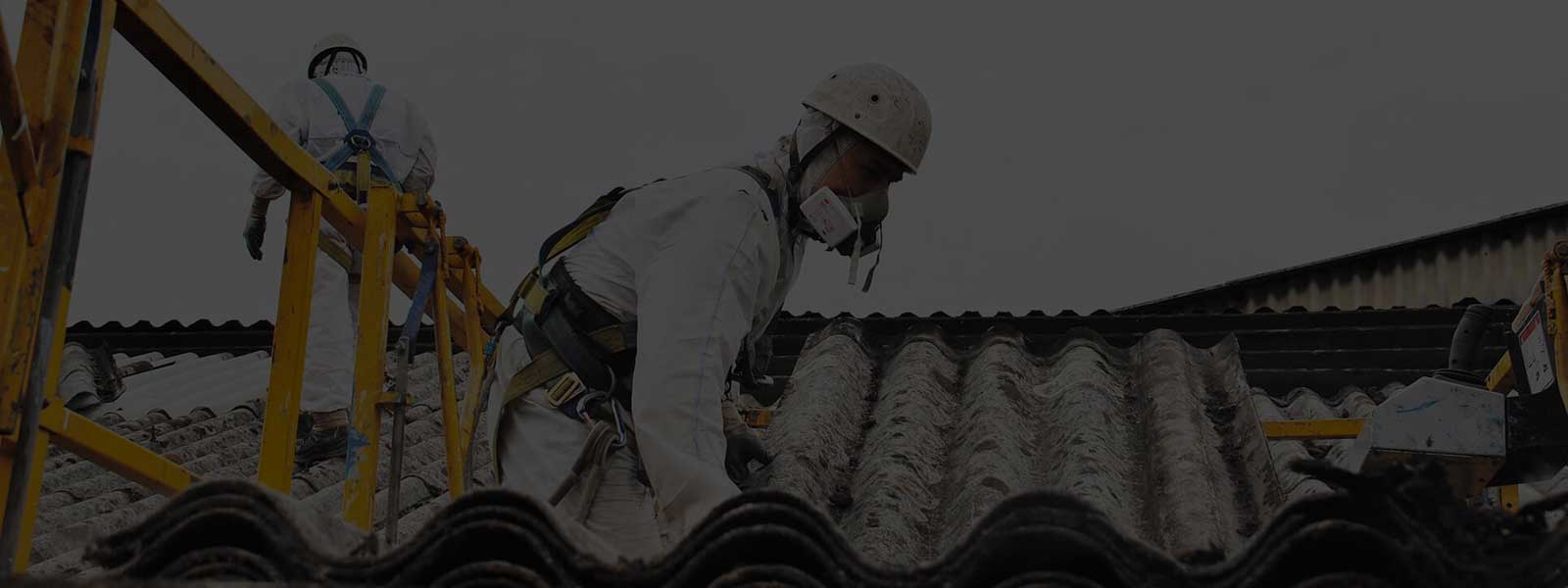
A Reliable Asbestos Collection & Disposal Service
Our expert and experienced asbestos collection team are strictly compliant with Control of Asbestos Regulations 2012, The Waste Acceptance Criteria (WAC) and Carriage of Dangerous Goods (etc.) Regulations 2009 (CDG 2009).
We ensure all asbestos collection materials are only ever disposed of at an Environment Agency licensed Waste Transfer Station (WTS).
Asbestos cannot be transported in bulk and must be separated in UN-approved containment bagging which includes identification of asbestos type:
- Waste blue asbestos (crocidolite) UN 2212
- Waste brown asbestos (amosite) UN 2212
- Waste white asbestos (chrysotile) UN 2590
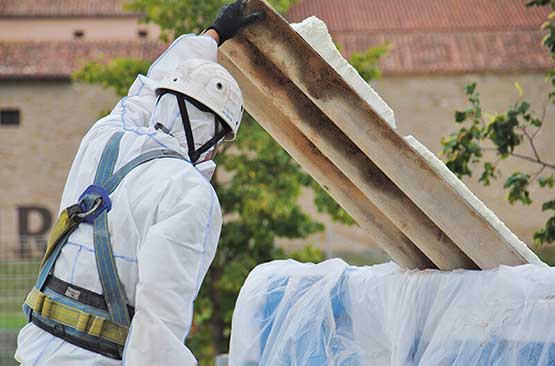
Did You Know?
A large amount of waste asbestos is corrugated roofing. More than half (55 per cent) of all industrial / commercial properties in the UK contain a white asbestos cement roof with fibre content of between 10 to 15 per cent, according to The Land Registry.
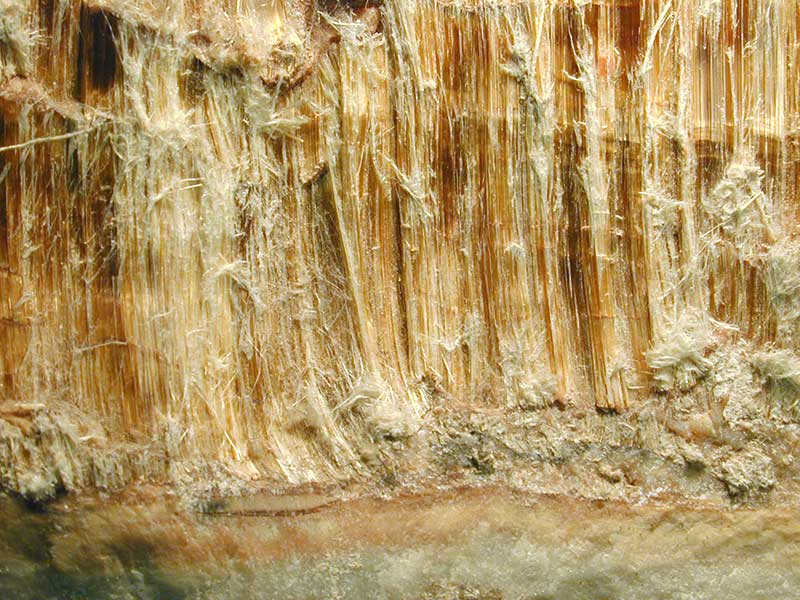
What is Asbestos?
Primarily used as a building material during the last century, asbestos is a fibrous mineral which is now known to be extremely dangerous to health.
Due to its common strength, as well as heat resistant capabilities, it understandably made for an ideal building material if it were not so bad for one’s health.
Devised of several minerals, asbestos belongs to the serpentine and amphibole categories of rock minerals.
Whilst different types of asbestos have varying degrees of danger, all asbestos is considered dangerous to health.
Anyone in contact with asbestos fibres is at serious risk of developing various forms of cancer.
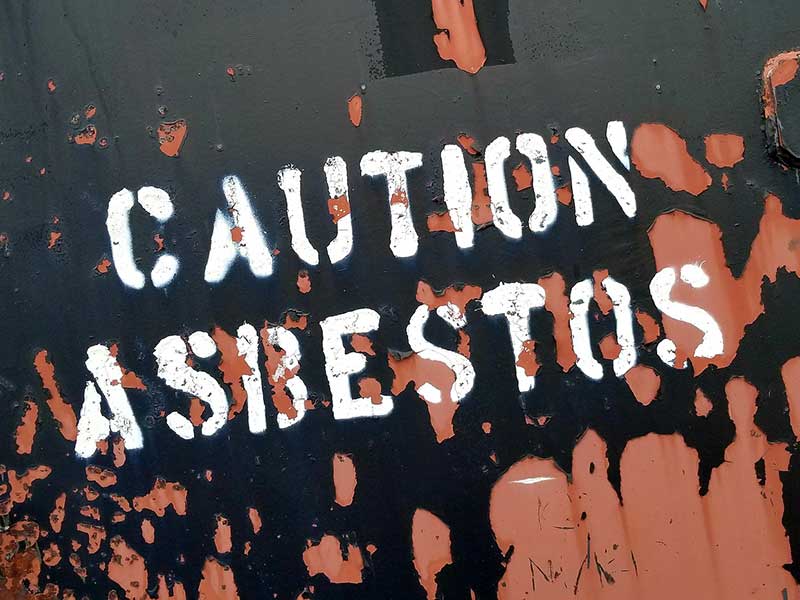
What Makes Asbestos Hazardous?
Asbestos becomes toxic when the fibres are damaged or disturbed, and are set free into the atmosphere.
If those fibres are inhaled, it can lead to a range of diseases, of which most are hard to treat and can become fatal.
These include:
- lung cancer
- ovarian cancer
- malignant mesothelioma
- laryngeal cancer
- asbestosis
- pleural thickening
Many leading health agencies classify every type of asbestos as being carcinogenic.
Some of these examinations attempted to categorise toxicity levels in asbestos, and concluded that Chrysolite, the serpentine asbestos category, is by far the nastiest in terms of danger to health.
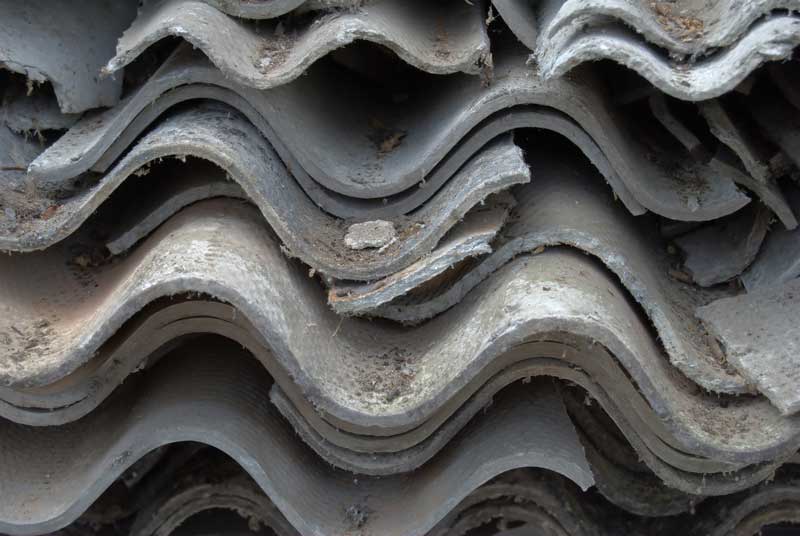
Types of Asbestos
There are six kinds of asbestos, which come under either the amphibole or serpentine mineral categories, which are:
- Chrysotile (White Asbestos)
- Amosite (Brown Asbestos)
- Anthophyllite
- Crocidolite (Blue Asbestos)
- Actinolite
- Tremolite
Chrysolite is the only variety to come under the serpentine group, which incidentally is the most toxic.
Its form is typically formed of curly fibres and sheet crystals.
The other five come under the Amphibole group which have different fibres, repeatedly described as needle-shaped.
Although not as dangerous as serpentine-based asbestos, they are still regarded as being highly dangerous.
Do you need an asbestos survey? Let us help!
We have the capability to provide a high quality and efficient service, to locate and identify any suspect hazardous materials. Our service is fast and efficient, backed up by extremely competitive rates. So speak to KD Asbestos first!